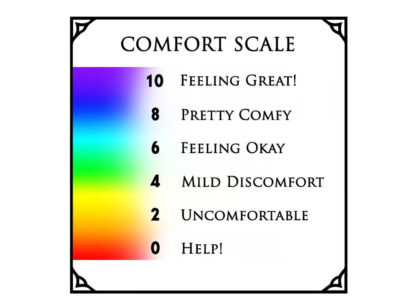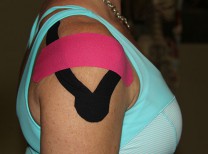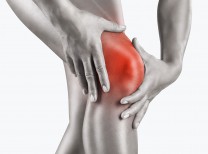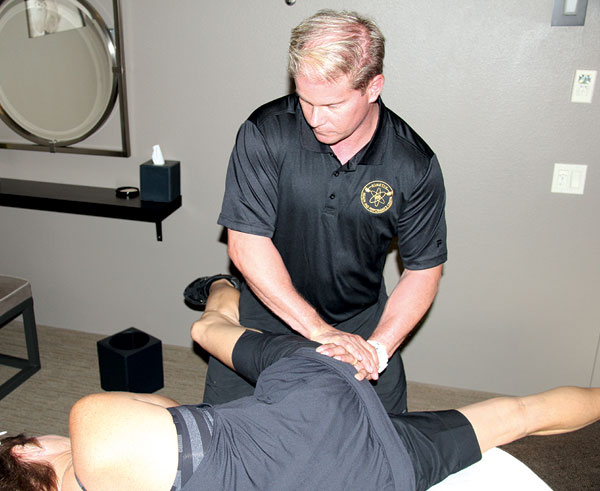Hemorrhoids: a real pain for approximately 10 million Americans! Though approximately 38% of us have hemorrhoids, only 4% will have symptoms which may include bleeding, protrusion, discomfort and pain.
Hemorrhoids are actually tissue rich in blood vessels that, when engorged with blood, act as cushions to help protect the anal canal from injury during a bowel movement. Unfortunately, with age, the blood vessels within the cushions become chronically dilated, and the cushions themselves begin to sag downward (prolapse), resulting in symptomatic hemorrhoids. They can be graded by the degree they prolapse. Grade I hemorrhoids have an increase in size and number of veins but no prolapse. Grade II are associated with prolapse but spontaneously reduce. Grade III hemorrhoids have to be manually reduced, and grade IV hemorrhoids are not reducible at all. People with grade III and IV hemorrhoids typically require surgical intervention due to the severity of symptoms.
Treatment is guided by the grade of the hemorrhoids. For grade I, usually a high fiber diet, fiber supplementation, and liberal water consumption will slow the progression of prolapse. For grade II hemorrhoids, options include sclerotherapy (injecting a chemical that causes the veins to scar), infrared coagulation (emitted light heats the hemorrhoids and causes destruction), or banding (small rubber bands are placed to strangle the hemorrhoid). These procedures require little to no anesthesia.
For larger hemorrhoids, grade III and IV, surgical resection has been the mainstay of treatment, though associated with considerable pain. Two newer techniques are available that offer less pain. These procedures do not remove the hemorrhoid cushions, but instead reduce the size and prolapse without destroying the hemorrhoid complex, thus preserving its physiologic function.
The stapled hemorrhoidpexy technique cuts and then staples together a ring of rectal tissue above the hemorrhoids, resulting in lifting the prolapsed hemorrhoids up, resolving the prolapse and reducing the size of the hemorrhoids. The staples are very fine in size (3.5mm) and with time will slough off or will have the lining of the rectum grow over. It is less painful than excision, resulting in shorter recovery time, and quicker return to work.
THD or transanal hemorrhoidal dearterialization is a technique that uses ultrasound to identify the small blood vessels delivering blood to the hemorrhoids, and these vessels are tied off. This results in reduction of the size of the hemorrhoids. Next, the hemorrhoids are lifted up the rectum with sutures, resulting in reduction of the prolapse. Recurrence rate is comparable to traditional excision of hemorrhoids, but with a very short recovery time, typically within 4 days, as no tissue is excised.
Surgical intervention for hemorrhoids usually is reserved until conservative measures have failed or if symptoms are severe. Fortunately there are a variety of interventions available to provide a tailored approach, depending on the severity of hemorrhoids and personal preference.
Dr. Johnson is a board-certified general surgeon with Premier Surgical Associates in Palm Spring and can be reached at 760.424.8224.















































Comments (0)